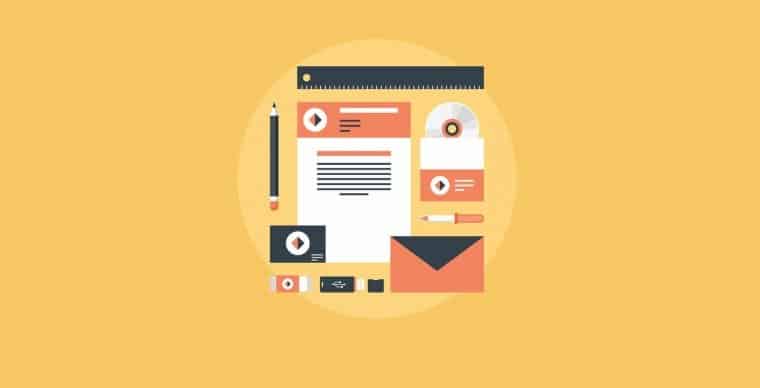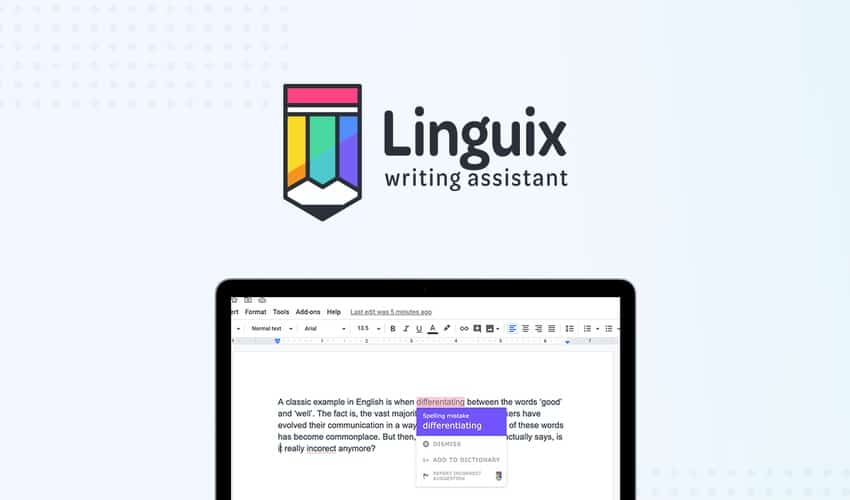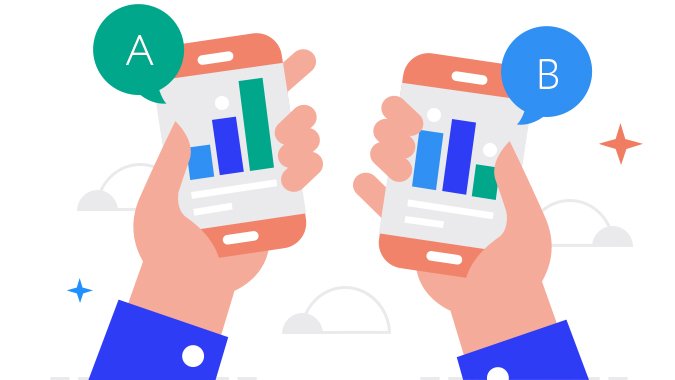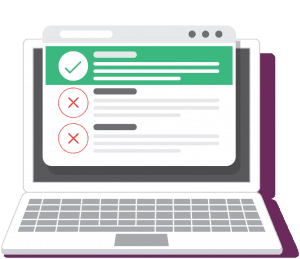The biggest challenge of email marketing is to cater to the limited attention span of the audience. That’s why if you are just starting your email marketing procedures, you need to create engaging newsletters. According to statistics gathered by Nielsen Norman Group, newsletters are still recognized as an excellent way to build and maintain relationships.
Lay Down the Objectives of a Newsletter
Before you jump into creating a newsletter you need to identify the objectives that you want to achieve through your newsletters. So think about what your marketing efforts are directed at and answer the following questions to arrive at a resolution.
- Do you want the recipients to avail your services?
- Do you want to establish a sense of trust with the recipient?
- Are you trying to inform and instruct your readers?
Once you address these questions, you need to ensure that your newsletter must agree with your objectives. For instance, if you are an e-commerce business and want to boost your sales, you can send irresistible offers.
Designing an Attractive Newsletter
In this case, you must maintain consistency with the newsletter template you use and don’t change it more than once a year. However, you can change your headline colors and images (preferably on a monthly basis) so that the newsletter doesn’t come across as stagnant.
Make sure that you keep your brand in mind when designing your email and newsletter, and always remember that it’s best to go as minimalistic as possible with your email marketing, with plenty of choices on sites like Depositphotos or Pixlr.
Also, don’t forget to include white spaces within the design. It allows the readers to find the content easily they’re interested in, and also makes your CTAs stand out. You should also think about creating a plain text version of your email for the readers whose email systems only accept plain text emails.
Create Remarkable Content for the Newsletter
The process of writing impactful content is the most important step in the process of creating a newsletter. The content should be relevant to your business and brand. Also, it should appeal to the target audience so that you can drive clicks and reads.
You can brainstorm innovative ideas and come up with strategies to create intriguing content for your newsletter. Much like the content calendar that’s used in case of content marketing, you can maintain a calendar for your newsletter as well. This way it becomes easy to produce fresh content each month for your newsletter. Nothing drives away the users from reading your content like grammar mistakes or a sloppy style – if you don’t pay attention to the newsletter, how can they expect quality content on your site? It could be as banal as a typo or not double-checking the text, but once the newsletter is sent…there is no coming back. That’s why it’s always a good idea to keep a plugin like Linguix by your side to ensure your grammar is on point, and with the promo prices they offer, it would be a sin not to take advantage of it.
Create a Compelling Subject Line
One of the mainstays of an appealing newsletter is having a great subject line. Your target audience generally receives countless emails throughout the day. This is the reason they ignore the ones that aren’t significant. It’s your job to make people believe that your email is important for them.
You should use a distinctive and engaging subject line for every email you send. Keep the subject lines within 50 characters so the recipients can read the entire sentences. If you are aware of the devices your readers use, you can leverage this information to create your subject line accordingly. Also, make sure not to employ capital letters or spammy words like Discount or Free, or else your email will find a place in the recipients’ junk folders.
You can carry out A/B testing to check what subject lines influence the higher open rate and what content appeals to the audience enough to drive considerable traffic to your homepage.
Pay Attention to the Email Signature and the Footer
Your email signature should have a consistency with the “from” name in the email. You must sign the email and incorporate any other details you think might be useful for your recipient.
Your email footer is an excellent place to include social media icons, your blog URL, or any announcements about new product launches or upcoming events.
Test Out the Emails in Every Different Browser
Once you have the newsletter ready, it’s crucial that you send out test emails. In this case, you have to use different browsers to send out the emails. What looks compelling in Gmail may not look the same in AOL mail, Outlook, or Yahoo.
That’s why testing and opening your email in every type of browsers before sending it out to the subscribers on your email list. This step is vital because it makes or breaks the first impression of the audience.
Track and Evaluate the Data
Once you begin your email campaign, you’d have to start gathering data about your readers. You need to monitor how many people actually opened the mail you sent and went through the newsletter. You can also determine the click-through rate, whether anyone subscribed or unsubscribed, how many newsletters went to the spam folders of the audience, and how many HTML vs. text versions were read.
Such information will provide you with a concrete idea about how impactful your content was to prompt subscribers to read more. It will also allow you to learn what content was most engaging to the readers, which will ultimately guide you towards improvements.
Listen and Respond
Of course, your work doesn’t stop once you send out your newsletter. As has been stated earlier, the objective of email marketing is to form relationships with your list of subscribers. You need to be sure that someone is reacting to any replies you receive. Any comments or questions need to be addressed promptly.
Don’t Send Newsletter Too Often nor Too Infrequently
You need to ensure that your audience hasn’t forgotten you, but doesn’t mean you’d pester them with emails every second. You need to find a balance and maintain proper gaps between the newsletters you send over the mail.
You should ideally send newsletters when you have something to convey. Particularly, if you don’t have the resources or time, it’s better not to push yourself just for the sake of maintaining communication with the audience. And once you complete these steps and establish your strategy, the only thing left is to set up the automation of the process, take a sip of your beverage of choice and watch your list of subscribers grow.






Thank you very much for sharing such interesting information. For me, it is very useful as soon I plan to launch my first startup. The main method of promotion I chose advertising in social networks and mailing. I believe that in our time it is one of the most effective methods of promoting just appeared startup. I heard this information from a well-known startup at a webinar, and I think this information is worth listening to. I hope you continue to share this type of content!
Thank you for sharing such a nice article.